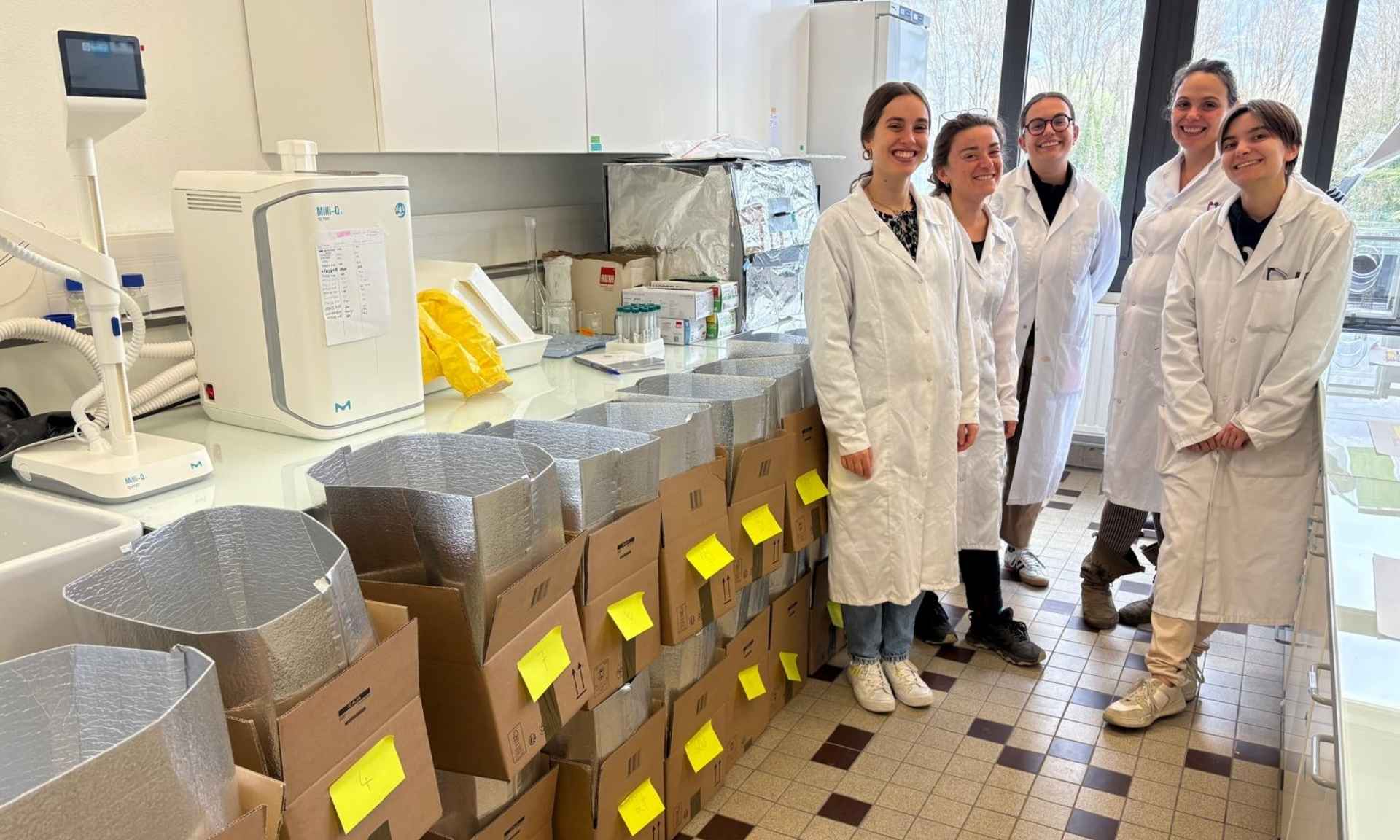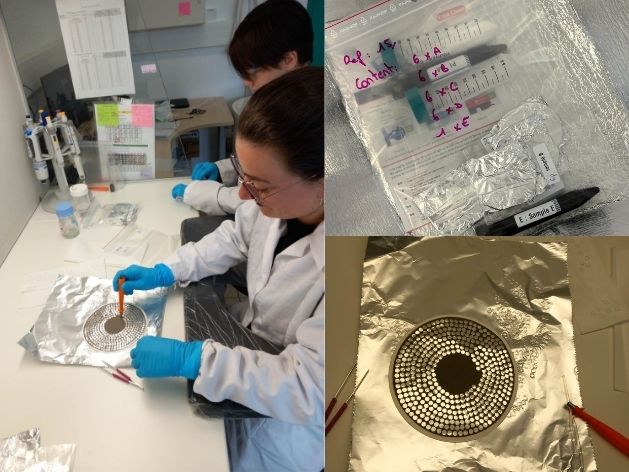Advancing harmonization of oxidative potential measurements across Europe
Published: 22, September, 2025

For the first time, ACTRIS and the European project RI-URBANS have joined forces to tackle one of the most promising health-related indicators of air pollution: the oxidative potential (OP) of atmospheric particulate matter. OP quantifies the ability of airborne particles to trigger oxidative stress in the lung, a key mechanism behind many chronic and acute health effects linked to air pollution.
Over the past decade, several cellular and acellular methods have been developed to assess OP. Among them, two acellular assays based on the depletion of antioxidants are now the most widely applied:
the DTT assay (dithiothreitol), a proxy for the thiol-based lung antioxidant,
the AA assay (ascorbic acid), a natural antioxidant in the respiratory tract lining fluid.
From protocol sharing to large-scale intercomparisons
Within RI-URBANS, European researchers worked together to harmonize OP analysis and have simplified and adopted two OP protocols. In 2023, a first intercomparison focused on the DTT assay. Eighteen teams from the EU, the USA, Canada, and Australia applied a simplified protocol in an effort coordinated by CNRS-IGE. Results were processed independently by the European Joint Research Centre (JRC) and summarized in a publication in Atmospheric Measurement Techniques (Dominutti et al., 2024).
In the follow-up of this first success, the consortium launched a second intercomparison in early 2025, targeting the ascorbic acid (AA) assay and supported by ACTRIS/EU-RI-Urbans. This time, twenty-six laboratories worldwide tested five common samples following a harmonized procedure, and could also compare it to their “home” AA protocol. The laboratories also had the possibility to apply the harmonized DTT protocol from 2023 on the same set of samples. The work was led again by IGE-CNRS and data processed independently by JRC following ISO 5725-2 standards.
Key Results
Preliminary outcomes of this second round were released in July 2025 and showed that:
54 % of participants achieved acceptable z-scores across all samples,
The overall measurement procedure displayed good repeatability: for 62% of the labs, the relative standard deviation between triplicates stayed below 20% for samples with average concentration encountered in EU,
73 % of labs correctly ranked the 5 samples for their OP values, demonstrating high precision even when some accuracy biases remained,
Results from “home” AA protocols tended to underestimate OP compared to the harmonized method, and showed larger variability.
These findings strongly confirm the benefit of using a simplified (yet coherent) standardized protocol to improve comparability between studies.
Looking Ahead
ACTRIS and RI-URBANS partners are now analyzing potential factors behind the remaining discrepancies (e.g. sample transport time, instrumentation) and preparing a joint publication based on the results from this second round. A third step will be to revisit the DTT simplified protocol to assess progress since the first exercise.
Overall, beyond their scientific impact, these initiatives pave the way for OP to become a labelled ACTRIS variable, with the provision of key service for both research and operational communities, supporting the implementation of the future EU air-quality and health directives.
For more information:
Contact: gaelle.uzu@univ-grenoble-alpes.fr, anouk.marsal@univ-grenoble-alpes.fr
Diverse photos from the shipments of samples (Crédits photos: Gaëlle Uzu, Anouk Marsal)
